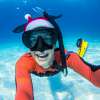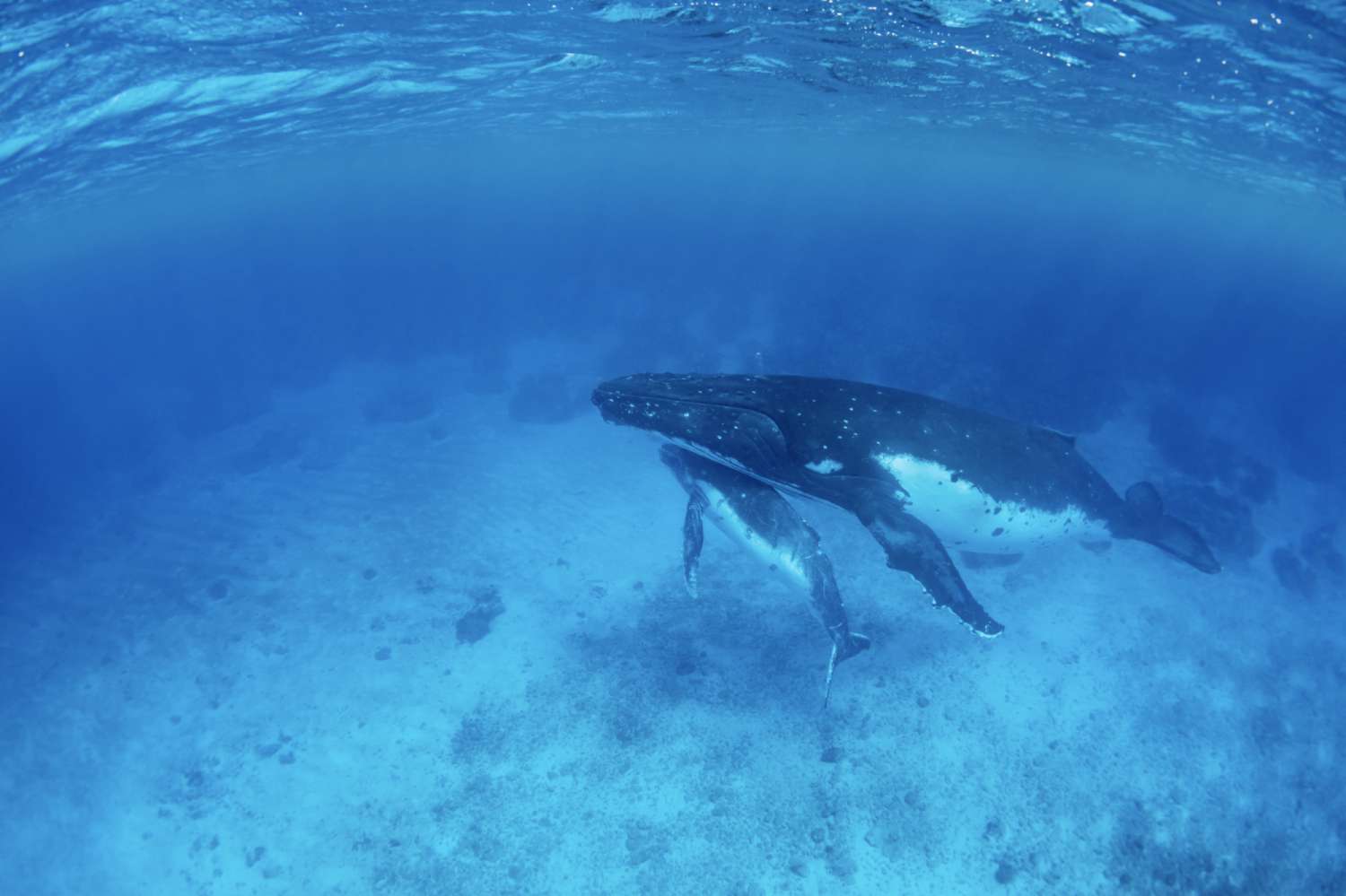
I just recently returned from two weeks in The Kingdom of Tonga swimming with humpback whales in the most amazing clear blue water. It represents one of the greatest experiences of my life.
The Kingdom of Tonga
Tonga, put simply, is a spectacular location. Like many pacific nations, Tonga is a collection of many islands. On this trip, I spent my time in the island group known as Vava'u. There is a single main town in Vava'u called Neiafu and is where most tourists spend their time. Town is fairly simple with a few basic shops for supplies and a handful of restaurants (I may have had a lot of pizza).
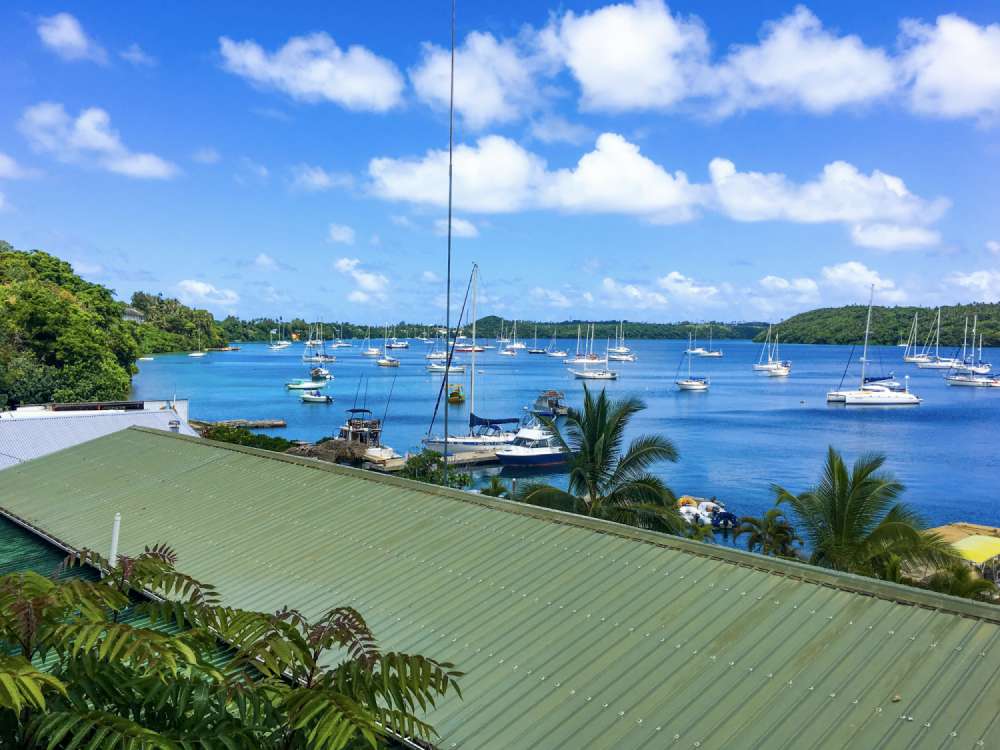
On this trip I stayed over the other side of the harbour in a little village called Utulei. Essentially we were staying in an extension to someone's home. Our host, Tupou ensured we had everything we needed for a comfortable couple of weeks hanging out in tropical paradise. This year is actually the first time that westerners (palangi) have stayed in the village. It was really nice to be able to experience the Tongan culture a bit more, away from the relative hubub of town.
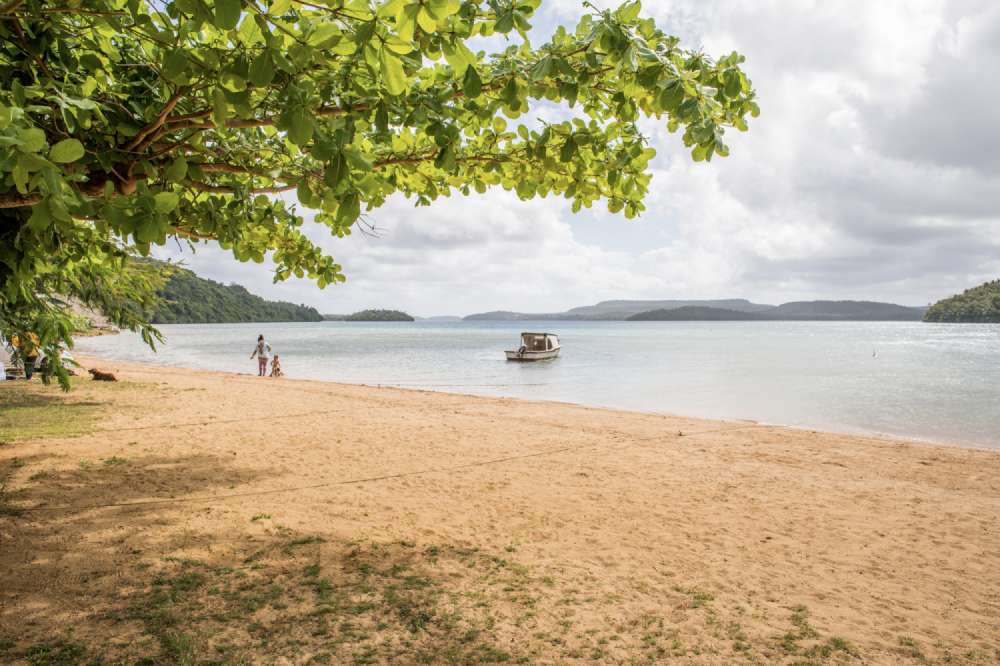
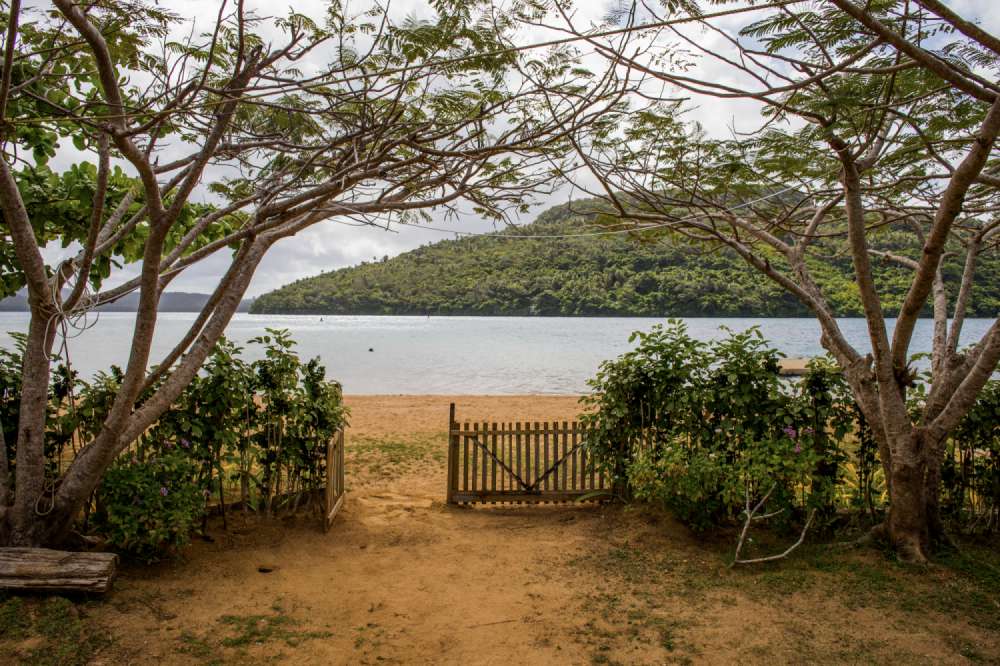
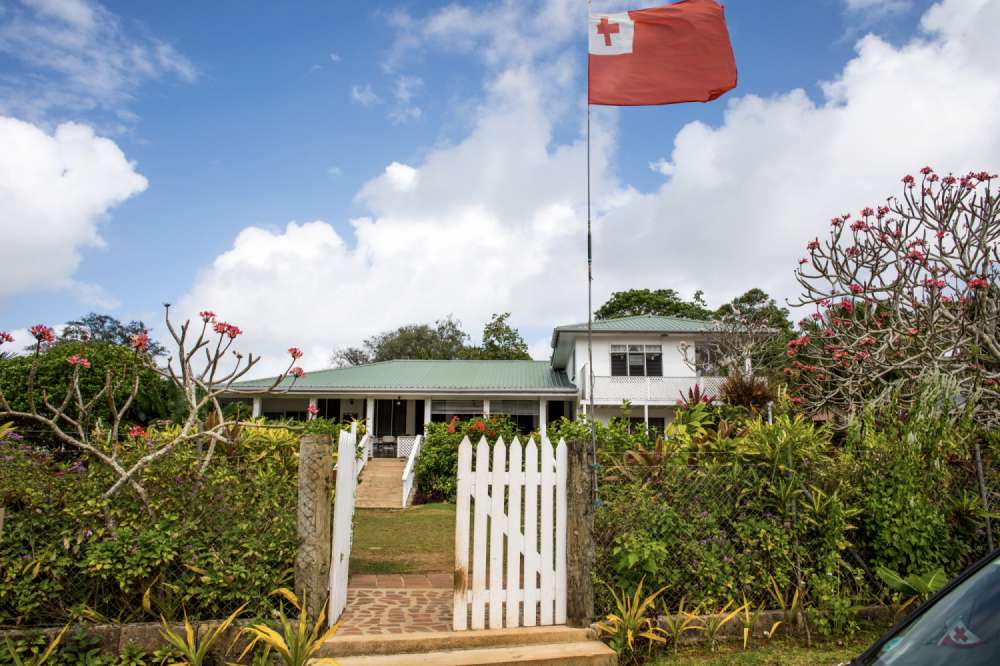
What is a whale swim?
Whale swimming is exactly what it sounds like, you get in the water and swim with these gentle giants! The whales that we swim with over in Tonga are humpback whales (my favourite!) on their annual migration north to warmer waters for breeding and calving. This means that for a few months of the year, the waters around the Tongan islands are full of whale activity which makes for an excellent opportunity to get into the water with them.
The routine
Every morning at 7am we'd jump out onto the pontoon and be pulled out into the water by our Tongan hosts, the boats would pick us up and we'd head out of the harbour and out to sea in search of whales.
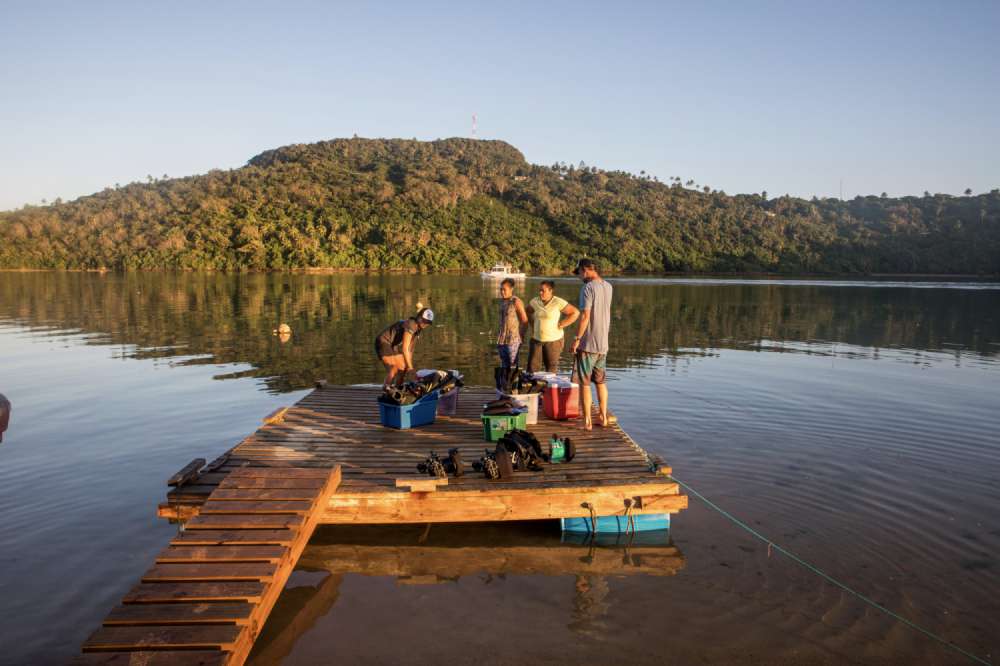
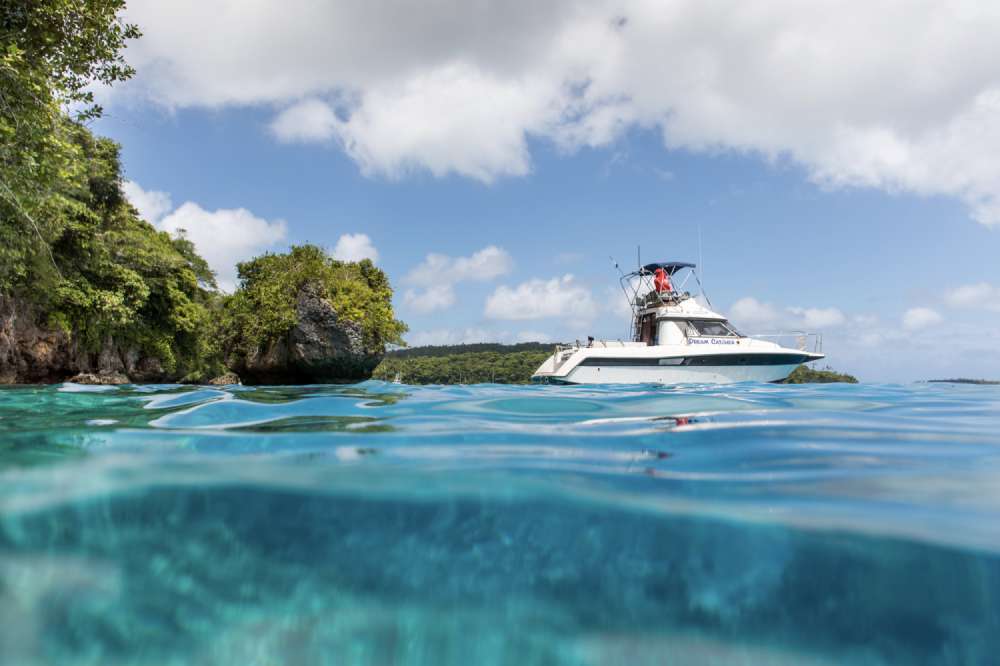
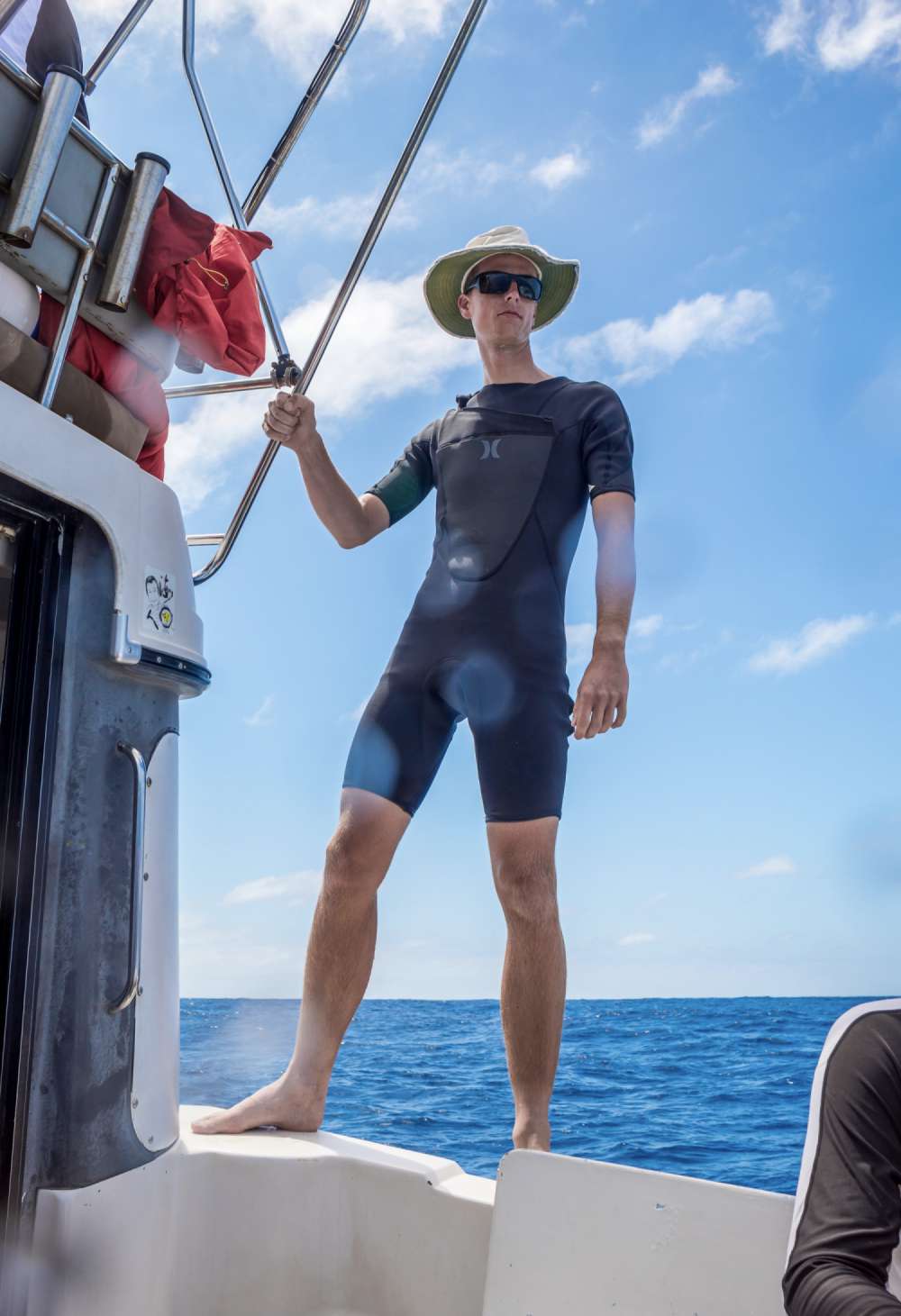
From the moment we hit the water, it pays to be on the lookout for whales. You can't swim with them if you can't find them! Sometimes it takes minutes, and sometimes hours to spot some so keeping your eyes peeled is crucial. The easiest way to spot the presence of a whale when on the surface is the presence of a blow. Whales are mammals and so they must breathe (even though they live underwater). This means that whales will come to the surface and exhale/inhale normally every 15-20 minutes. Calves have to breath more often and so may be at the surface every 5 minutes or so.
When the whales come to the surface and exhale, their breath (or blow) is visible as a plume of water vapour. What's cool about this is that although we can see it as water, the whale doesn't actually blow any water at all. It's just the warm, moist air inside the whales lungs immediately condensing when it hits the open air. This happens for us too when we are in really cold environments. You can see your breath! For whales, it happens even when it's nice and warm!
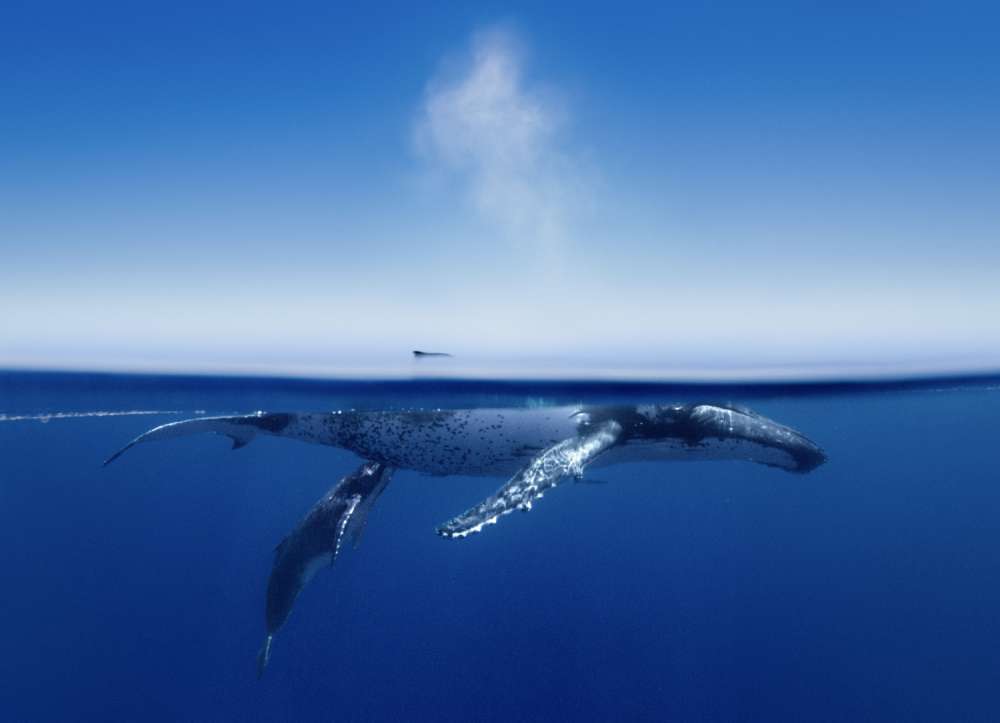
If we're lucky sometimes we can spot big breaches before we see any blows but it's often not the case. Once we find a whale, then we go investigate.
Once we get within close proximity to the whale, the skippers try to ascertain the temperament of the whale. Sometimes the whales will try to avoid us, be moving too fast or otherwise just not ideal for swimming with, but when you're lucky and find some that don't mind our presence, then the skipper will attempt to put us in with them. Ideally, the whales will be nice and settled and resting. This often yields the best interactions.
Getting in the water
I remember the first time that I entered the water with a whale. I'll admit that while I was on the boat, I was a little nervous for sure. Whales are so big and we are so small in comparison! I'll never forget the feeling when I stuck my head beneath the surface though. Immediately, all sense of fear evaporated.
Once the skipper thinks there is a good chance of getting a swim with a whale, they will ask the guide to get in the water. This generally happens after the whale makes a dive below the surface and it's the guide's job to find the whale. The guide will slide in, have a swim around and see if they can spot the whale beneath the surface. Once spotted, then it's go time for everyone else.
The skipper will attempt to put you in the water nice and close to the whale (but not too close as to risk injuring or scaring the whale away) and with the guide marking the position of the whale, all you have to do is swim over to it. Then you float there and watch the show.
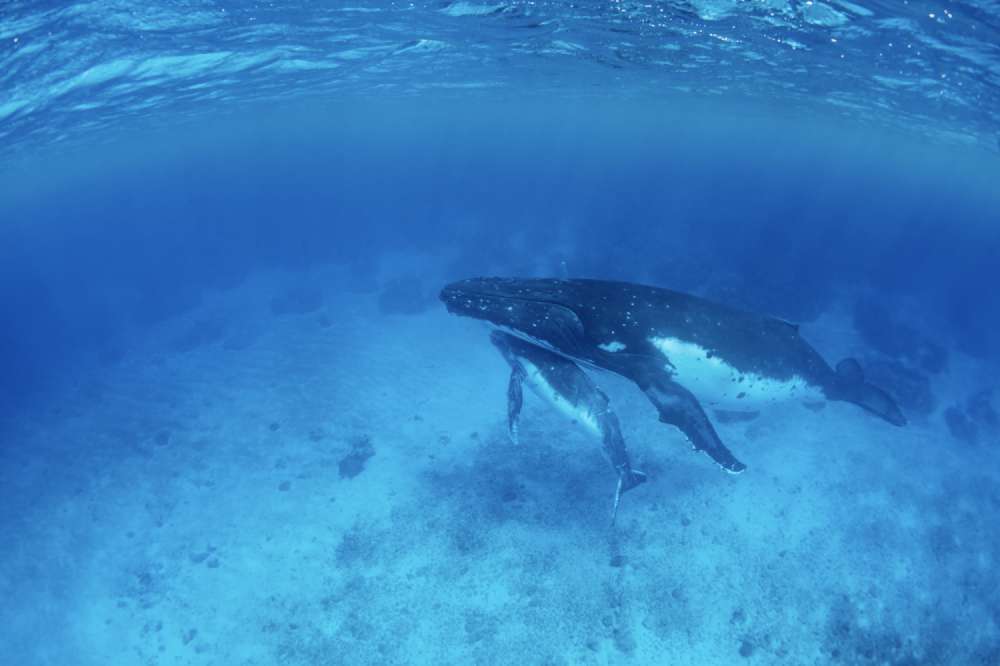
Every interaction with the whales is different. Sometimes they don't want anything to do with, sometimes they are just indifferent and other times, when you're lucky, they are highly inquisitive. For me, on this trip, most of the swims that we had were very quick swim-bys but there was one swim in particular that really stood out. A mum and calf, just resting in shallow crystal clear water. I've never been able to spend so long, so close to whale before!!!! It was simply exhilarating. Honestly, trying to describe this experience to you is impossible for me. I don't have the words to explain it. It's a feeling of absolute awe. It was one of the greatest moments of my life.
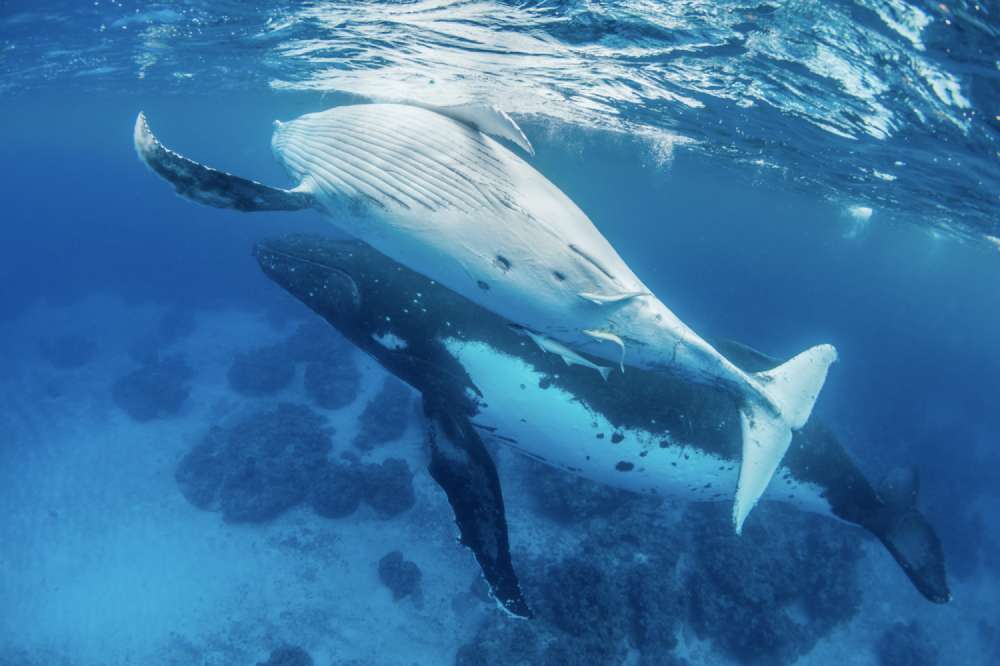
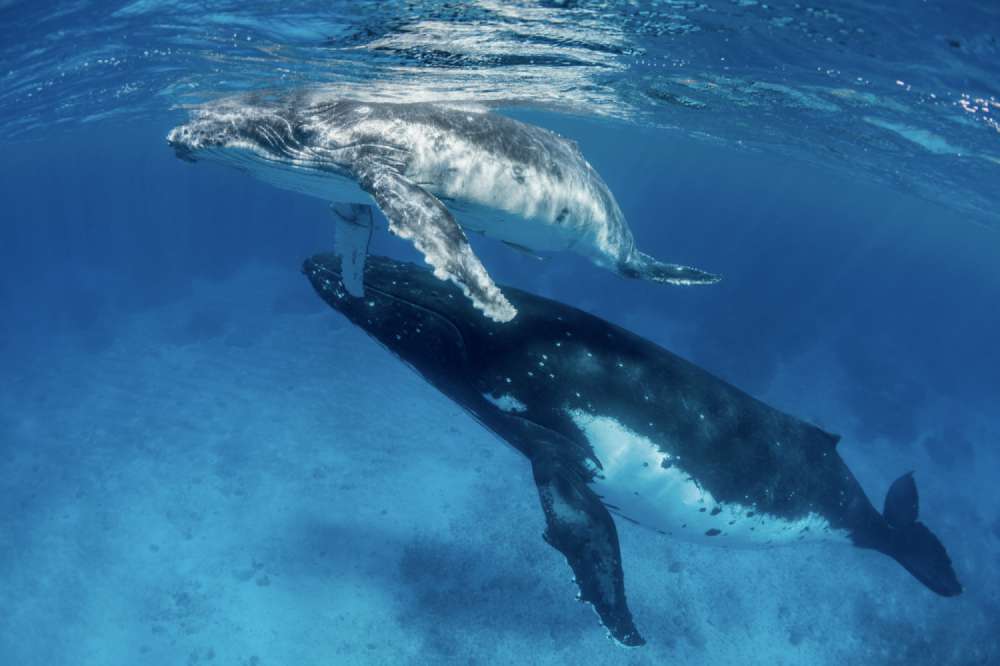
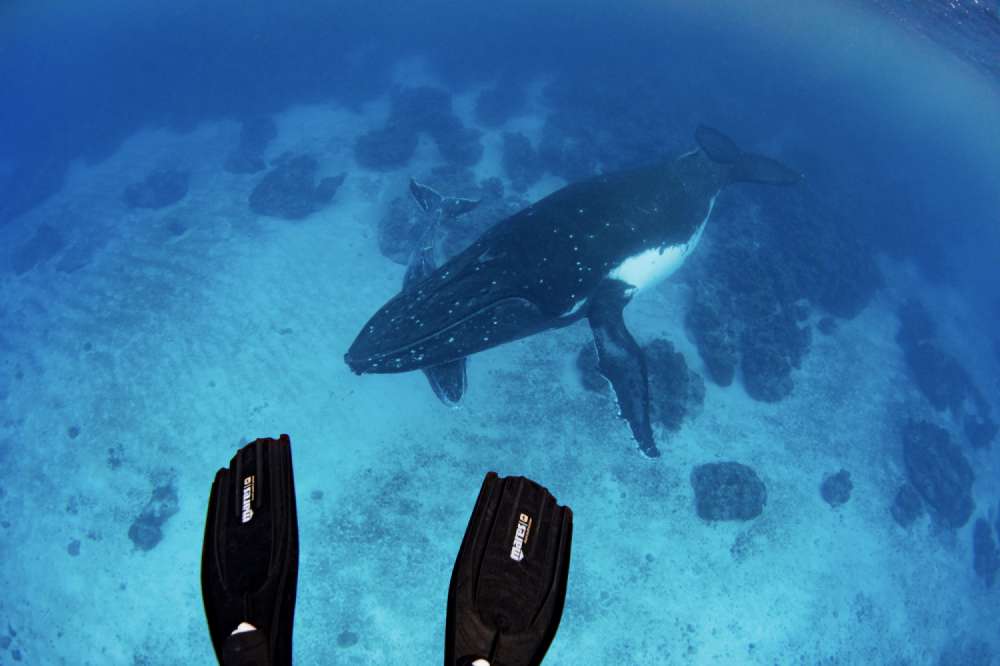
Heat run!
A heat run is a contest of sorts. It usually comprises of multiple male whales chasing a female. Sometimes these heat runs can last for days at a time. These normally happen early in the season but we were lucky enough to be able to jump in with a 14 whale heat run. The procedure is very different for a heat run. Normally we would try to create as little disturbance to the whales as possible in order not to scare them off or upset them. This usually means trying to restrict freediving and splashing but in a heat run, the whales just don't really care. They are on the move.
We stand on the back of the boat, ready to jump in and the skipper works to position us in front of the moving pod of whales. It's a delicate balancing act and this is where a good skipper really shines. It takes a lot of effort to manoeuver the boat into the right position and time the entry into the water. We watch as the whales do roundouts towards us (14 of them!!!) and then we hear those golden words "In the water, in the water!" and we jump in.
The moment we hit the water, we are bombarded with the wash from the back of the boat, and my first goal was always to clear the bubbles as quickly as possible so I could see so I start by powering towards the direction of the whales. If the skipper's got you in the right position and everything's been timed correctly, you'll start to see the shadows appearing in the water heading towards you.
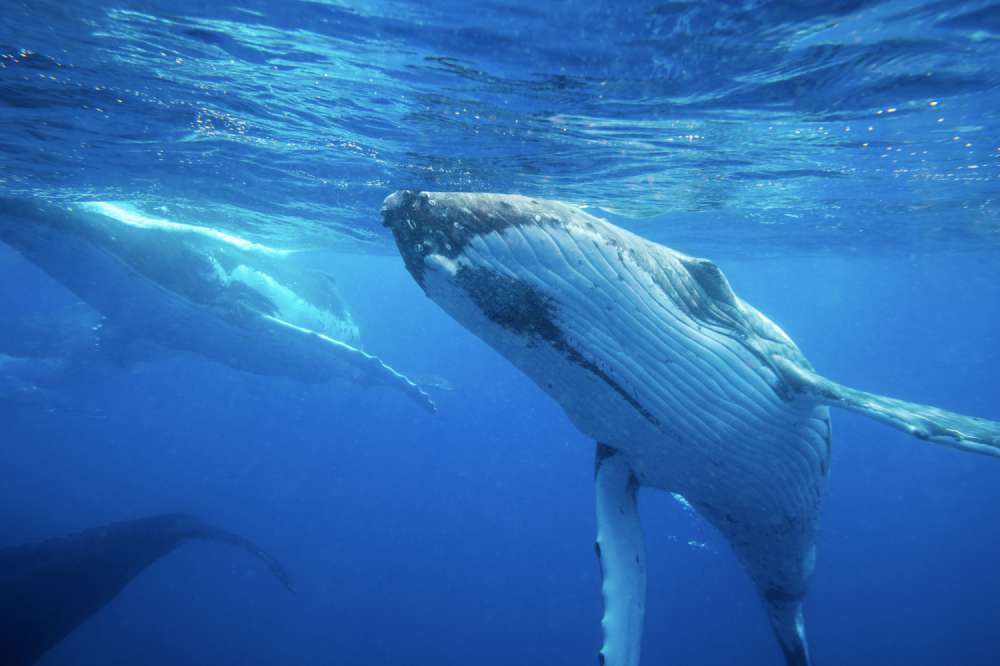
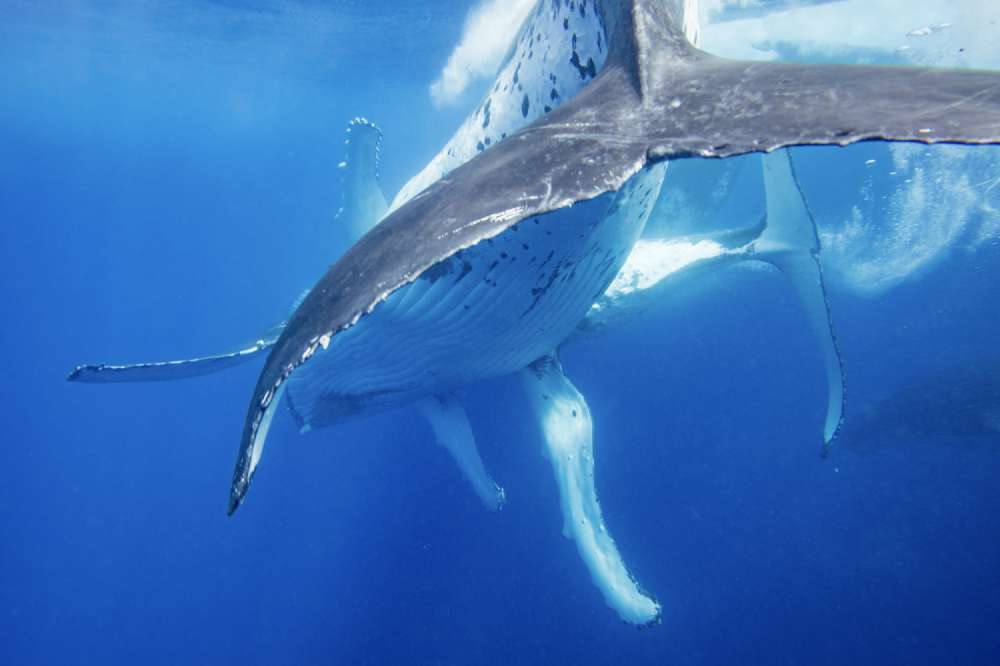
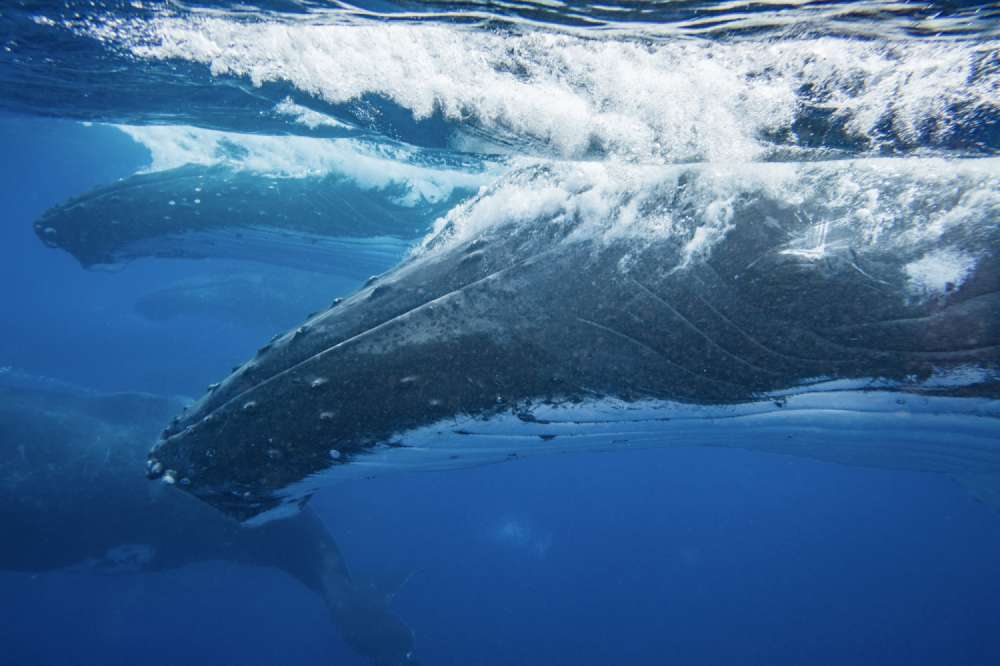
The Caves
Out in the water, there's much more than just whales. Tucked into the soaring limestone islands are countless caves and swim throughs, often hidden from obvious view. One of the most popular caves in Vavau is Swallows Cave, and it is for very good reason.
Swallows Cave
Swallows is an open cave that sits at about 14 m deep. One of the coolest features of Swallows is the school of fish that live inside (apparently a recent addition). The cave also boasts some cool light effects. The top of the cave mouth has an interesting structure that creates beams of light that shoot down into the water in one spot - almost like a spotlight.
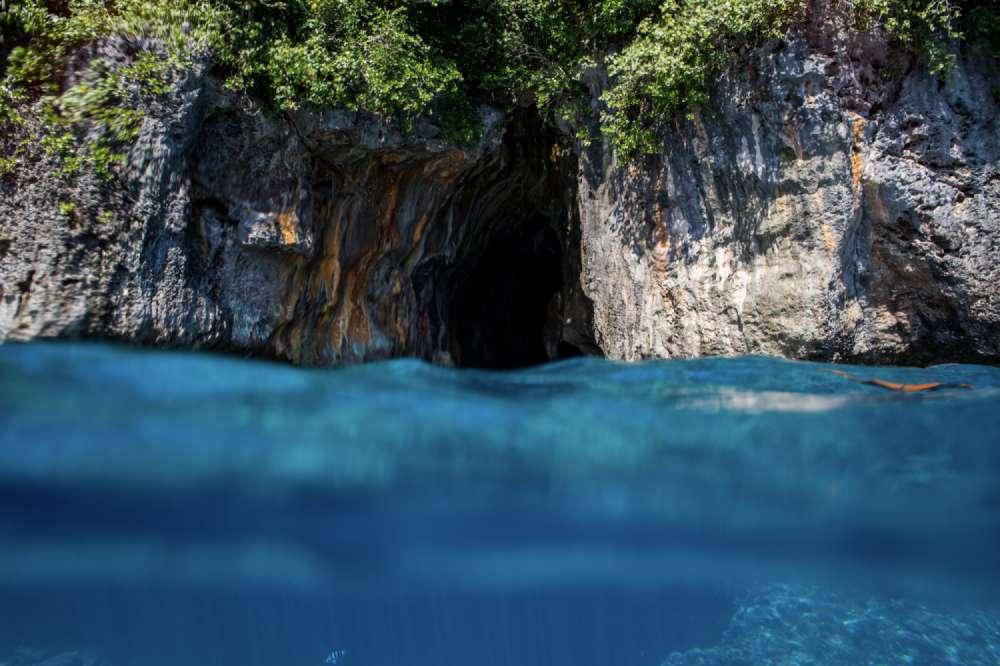
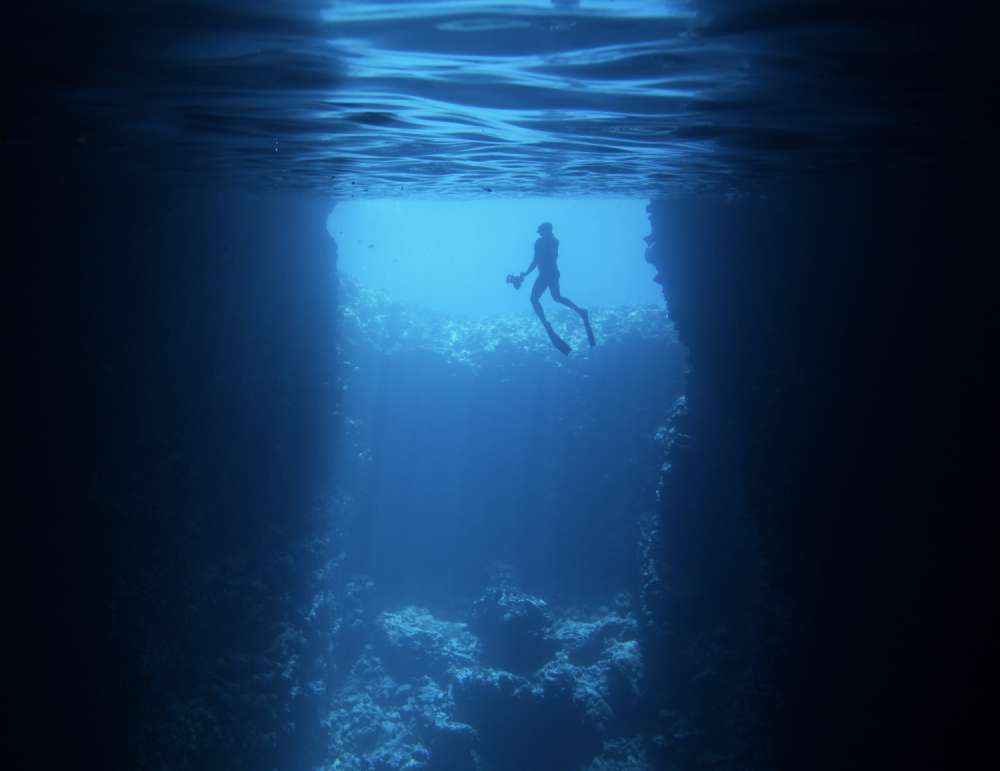
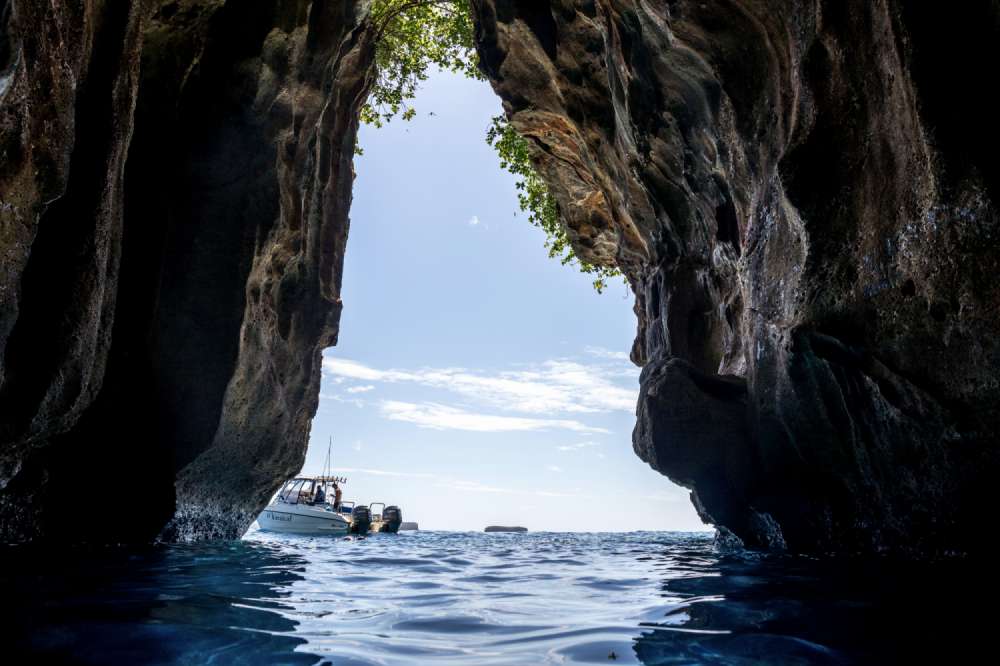
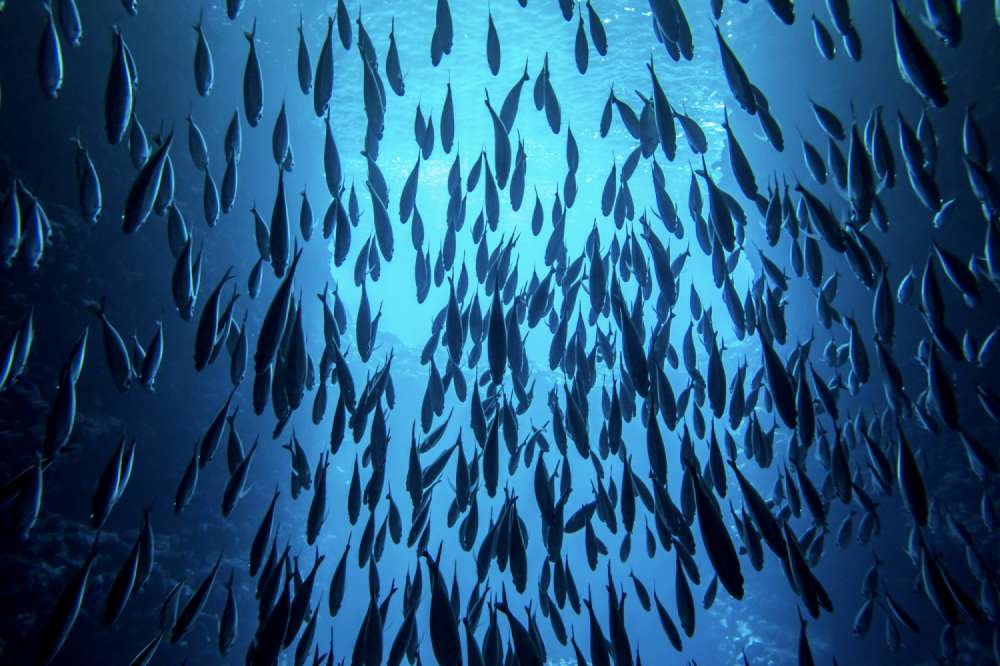
Mariners Cave
The entrance to Mariners cave sits completely underwater. To swim into the cave requires a freedive about 2 metres down and 5 across. It's a daunting thing to do, to swim into a dark opening without knowing what's on the other side. Inside is spectacular!!
One of the coolest things about this cave is that the pocket of air inside still gets compressed with the swell. So the water level inside the cave rises and falls with the swell outside but as it does so, it compresses the air and causes the entire cavern to become filled with mist. The water in the air is condensing and vaporising as the water moves around. Such a cool effect!! One second you can see the back of the cavern and the next you can't.
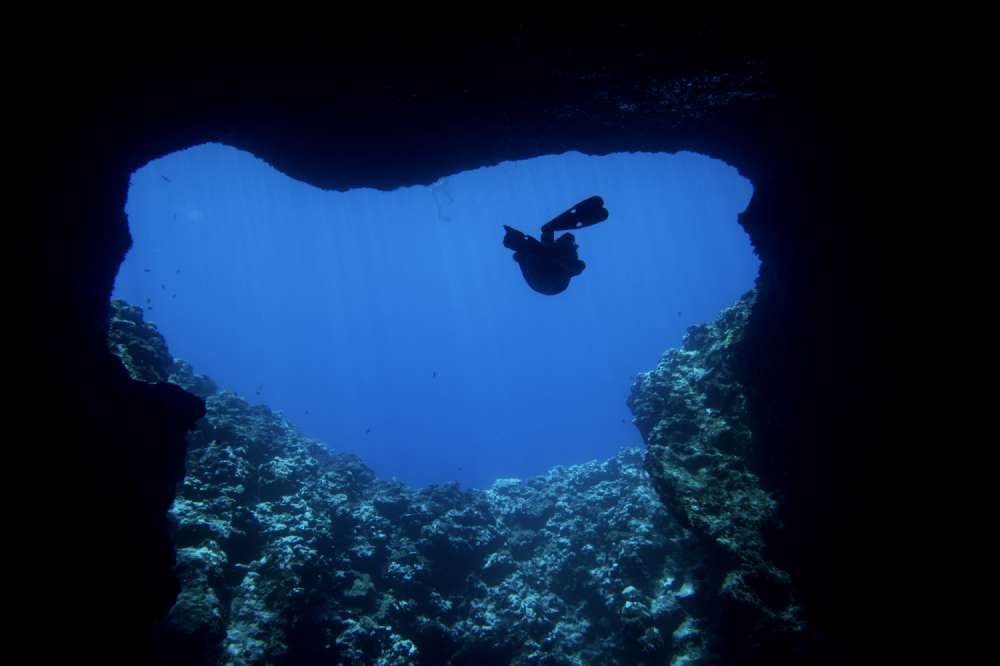
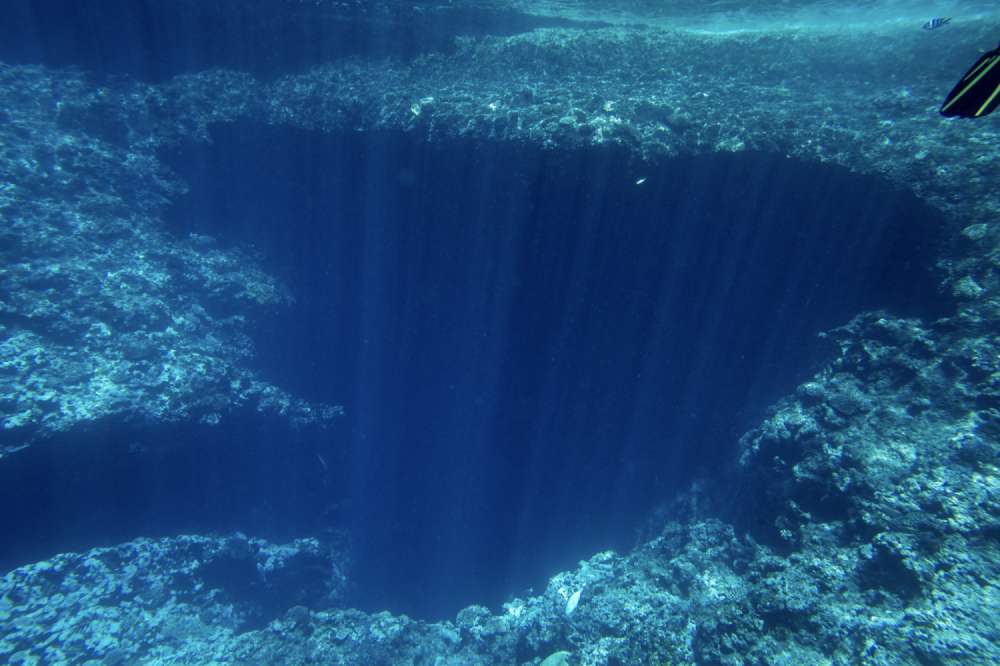
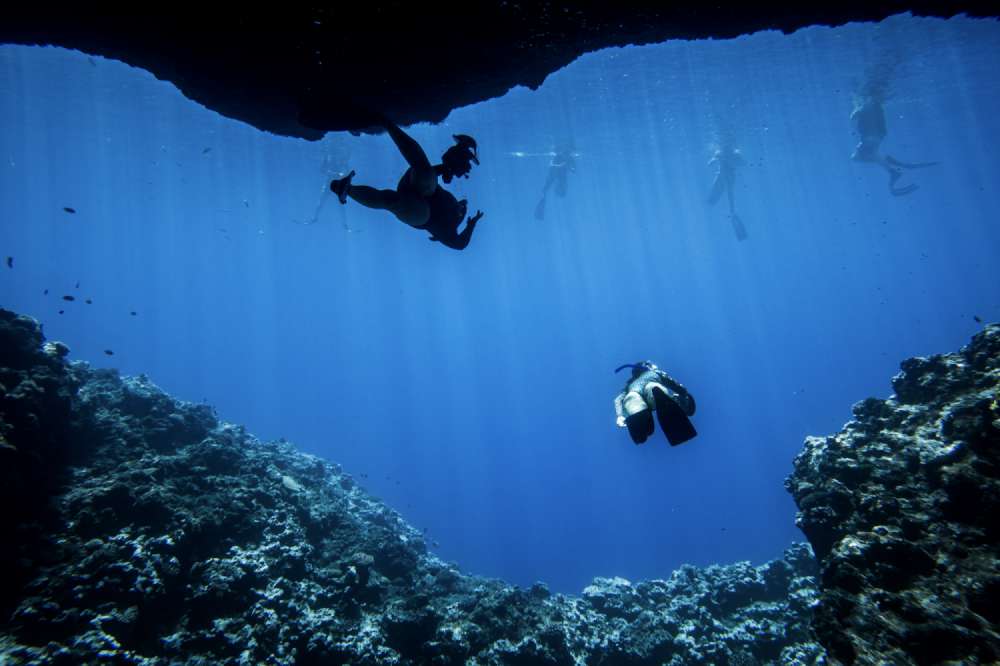
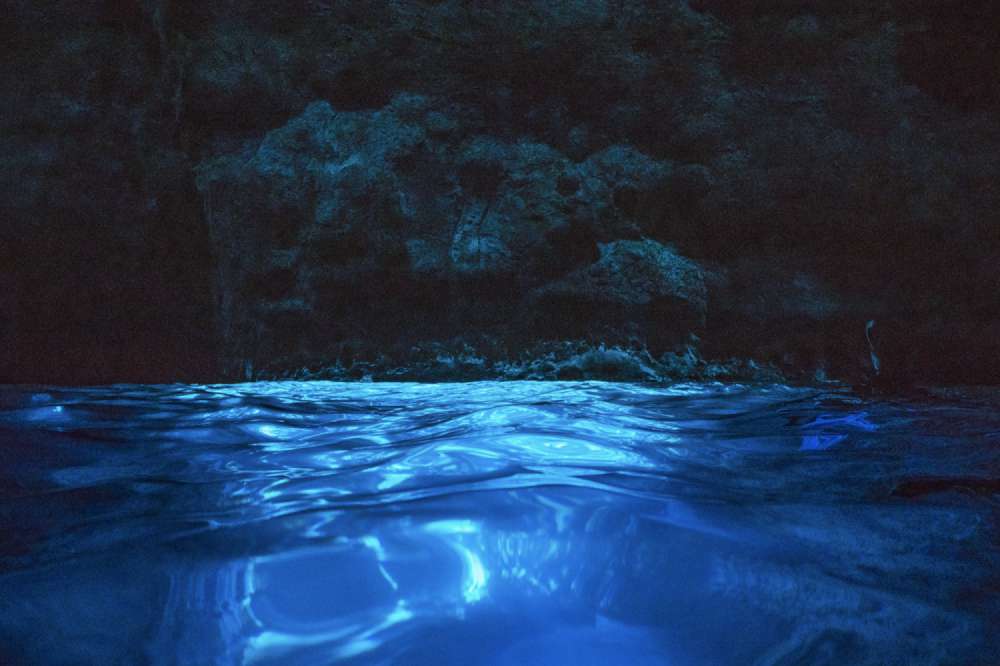
Tonga is simply brilliant
All in all, the trip blew my mind. I simply can't recommend this place enough. It changed my life the first time I went, and it's changed it again since going back. It's not an experience that I will ever forget, nor an experience that I will ever tire of.The caves, the whales, the islands themselves - everything just feels like a dream. It was a surreal experience and if it wasn't for my photos, I may even still believe that I was dreaming. In a way I guess I was.
